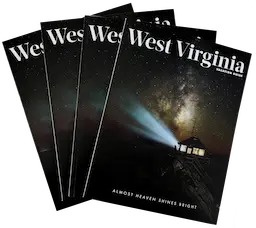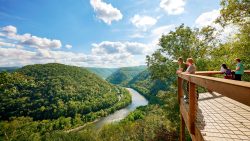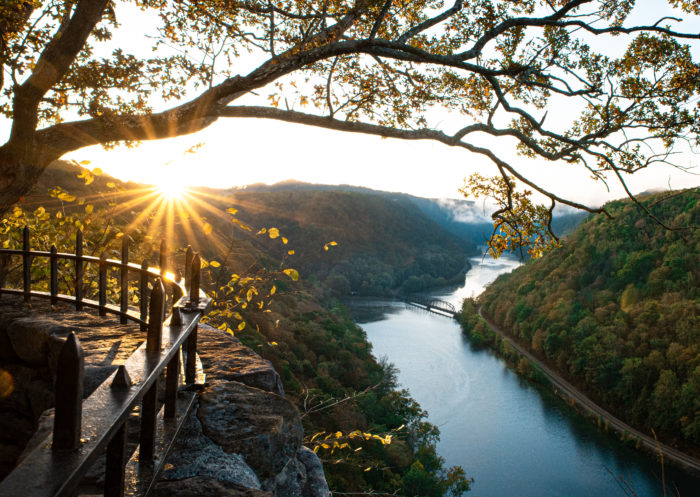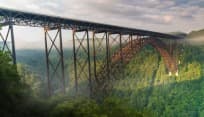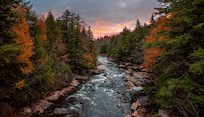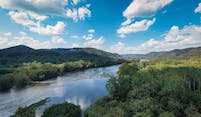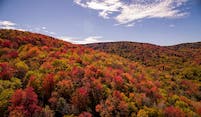9 Fascinating Facts from West Virginia’s History
Each of West Virginia’s nine one-of-a-kind travel regions has a unique story to tell. Explore the history of each region and how these odd events shaped the place where you belong.
1. Potomac Highlands
Mineral, Hampshire, Tucker, Grant, Hardy, Randolph, Pendleton and Pocahontas counties
Known for outdoor adventures, historical treasures, lively arts and friendly small towns, West Virginia’s Potomac Highlands region is home to many of our state’s most spectacular mountain features.
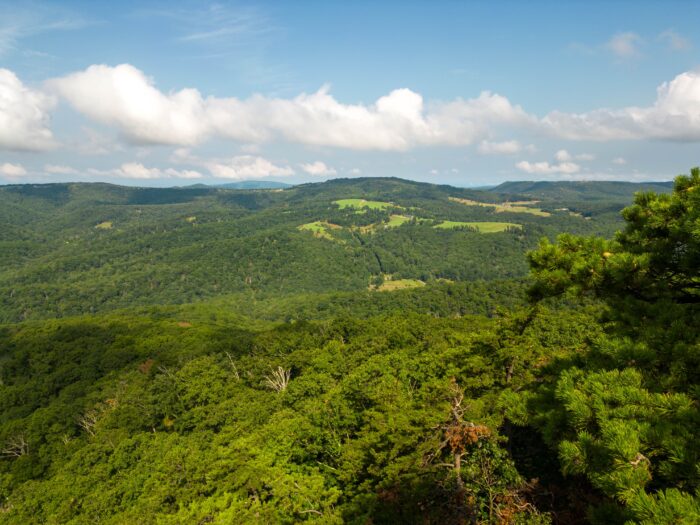
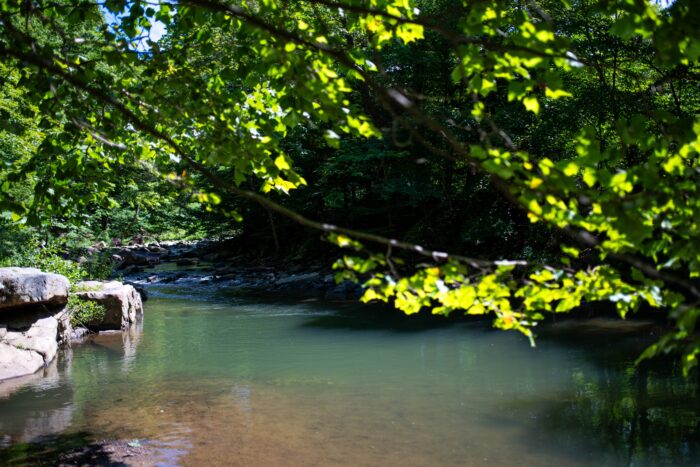
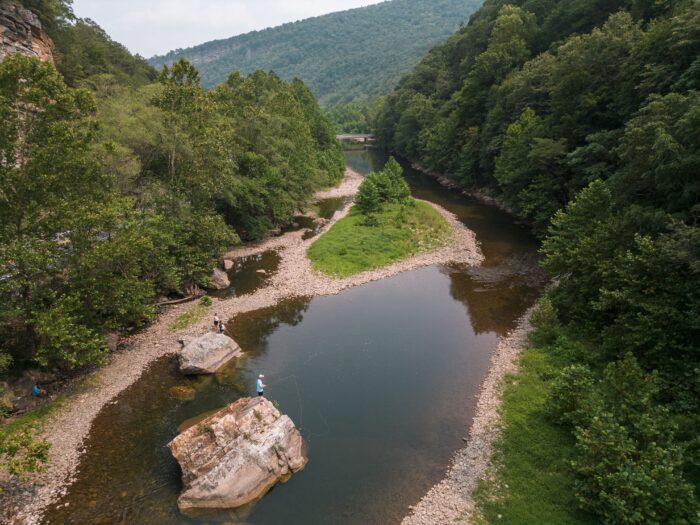
DID YOU KNOW?
Hampshire County is the oldest county in West Virginia. Created in 1754 through an act of the Virginia General Assembly, Lord Thomas Fairfax gave the county its name, allegedly because he thought that the hogs produced there rivaled the fine hogs of Hampshire, England. Fairfax established the county seat of Romney, which shares credit with Shepherdstown as West Virginia’s oldest incorporated town.
2. Mountain Lakes
Gilmer, Lewis, Upshur, Braxton, Webster, Clay and Nicholas counties
Five of West Virginia’s major lakes are located here – Burnsville, Stonecoal, Stonewall Jackson, Summersville, and Sutton. These bodies of water provide excellent fishing, camping, boating and other recreational opportunities.
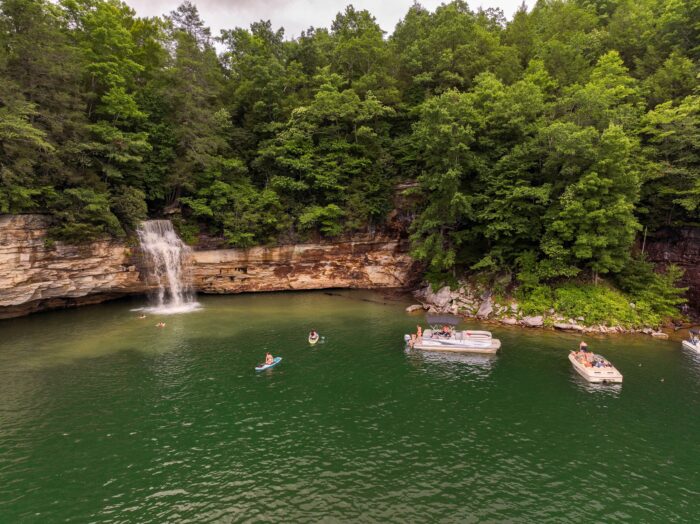
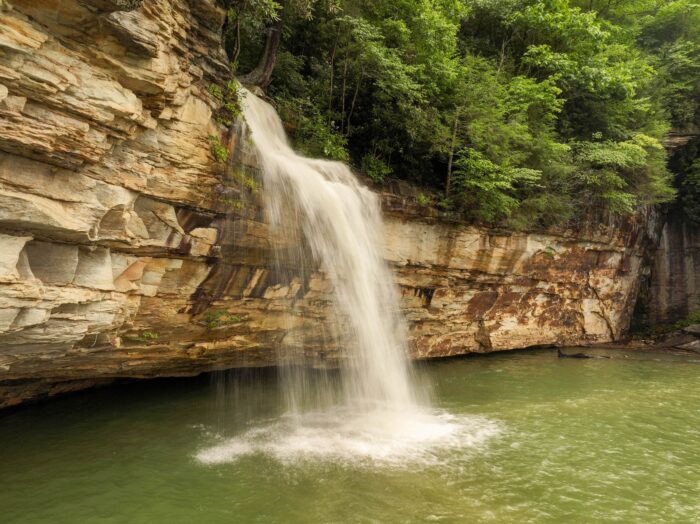
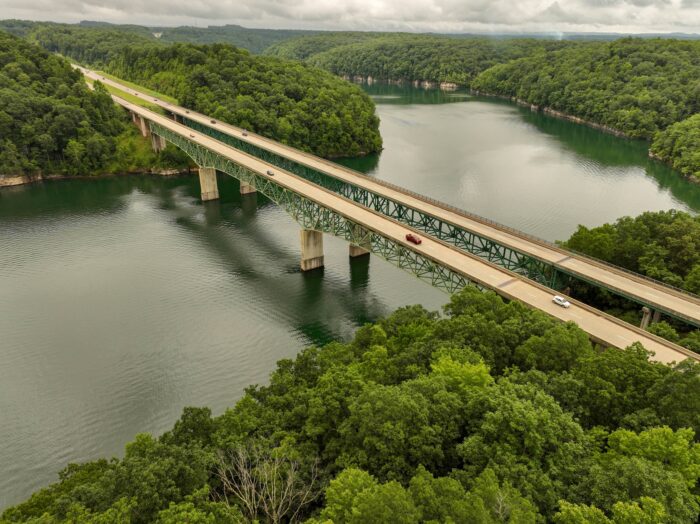
DID YOU KNOW?
Summersville Lake, the largest impoundment lake in West Virginia, was dedicated by President Lyndon B. Johnson on September 3, 1966. Its 60 miles of shoreline and 2,800-acre surface offer recreational benefits in addition to the flood control and other purposes for which it was created. The lowering of the reservoir each fall turns the lower Gauley River into rushing whitewater, creating a popular rafting season.
3. Northern Panhandle
Hancock, Brooke, Ohio, Marshall, Wetzel and Tyler counties
This long sliver of land, extending 64 miles to Chester, became the northernmost part of West Virginia when the state was created in 1863. Near New Cumberland and Follansbee, the panhandle is only four miles wide.
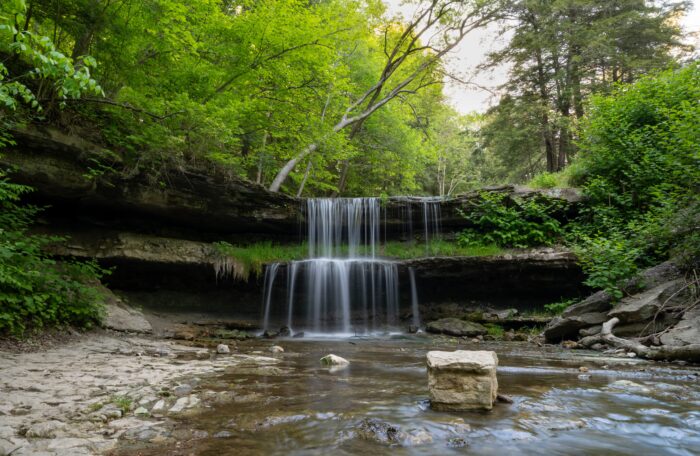
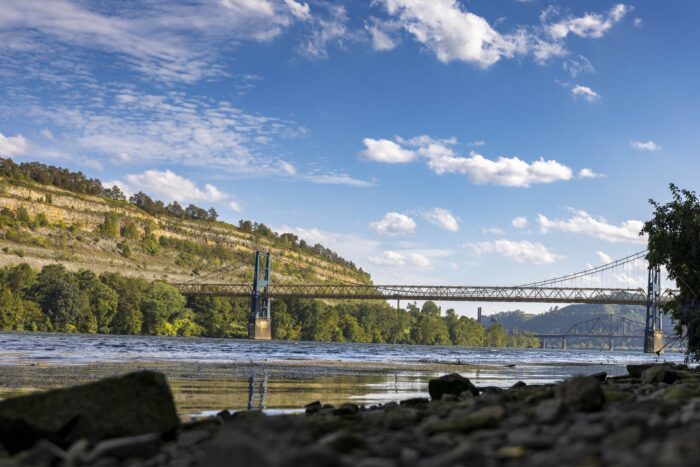
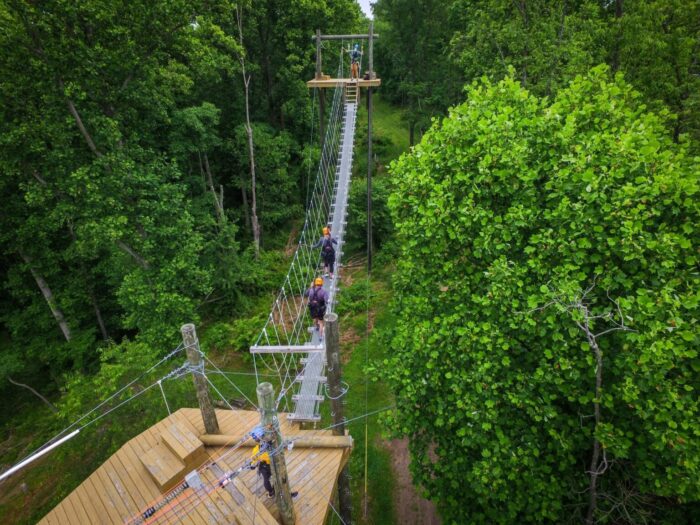
DID YOU KNOW?
Two varieties of apple, the Golden Delicious and Grimes Golden, originated in West Virginia. The first was the Grimes Golden, discovered in the early 1800s on the Brooke County farm of Thomas Grimes. The Golden Delicious apple was discovered in 1912 in Clay County by Anderson Mullins. On February 20, 1995, the Golden Delicious apple was designated as the state fruit. In 2013, the Golden Delicious was one of four apple varieties featured on 33-cent stamps issued by the U.S. Postal Service.
4. Mountaineer Country
Monongalia, Marion, Preston, Taylor, Barbour, Harrison and Doddridge counties
Blessed with a rich multicultural heritage and compelling history, this region holds a mountain spirit that visitors can immerse themselves in.
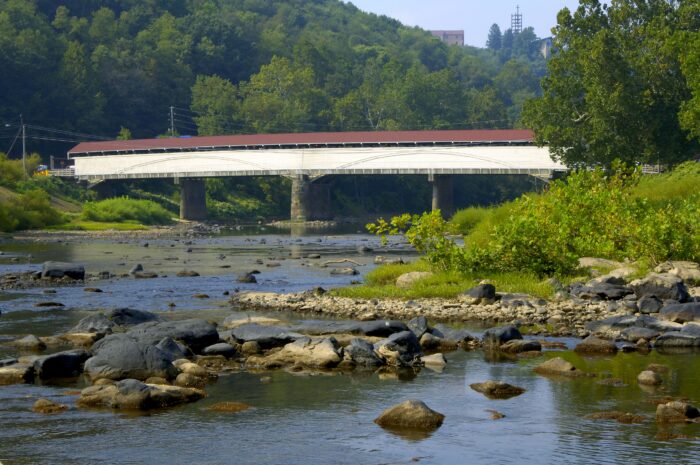
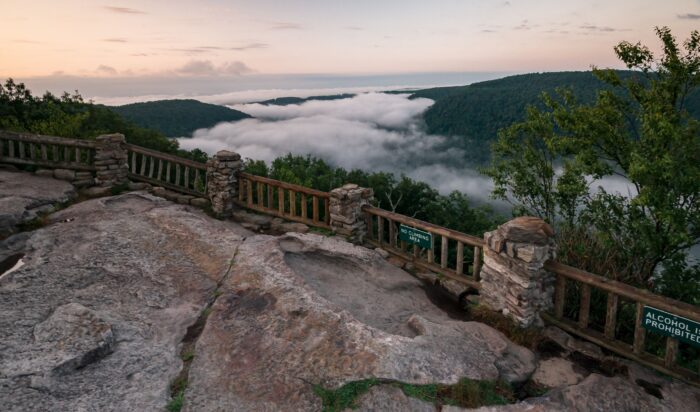
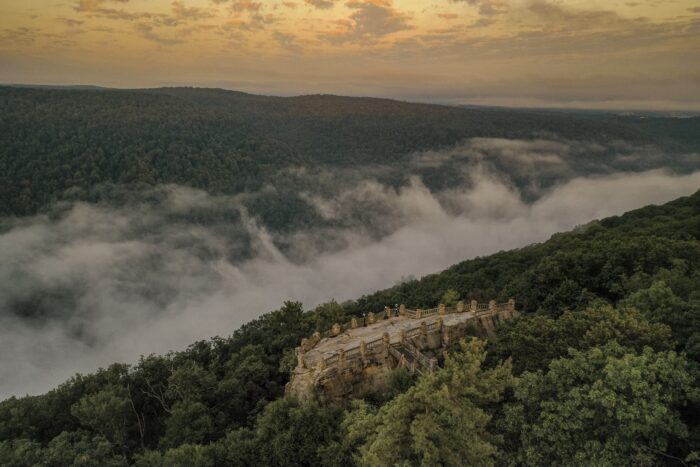
DID YOU KNOW?
Of West Virginia’s 17 intact 19th-century covered bridges, almost half are in Mountaineer Country. Generally patterned after German, Swiss and Austrian designs, these bridges were covered to protect their all-wood, hand-hewn supporting truss systems. An integral part of West Virginia’s early turnpike system, some were strategic prizes during the Civil War.
5. Mid-Ohio Valley
Pleasants, Ritchie, Wirt, Wood, Calhoun, Roane and Jackson counties
Gentle landscapes punctuated with peaceful farmsteads, handcrafted beauty, homemade cuisine and winding byways with history at every turn.
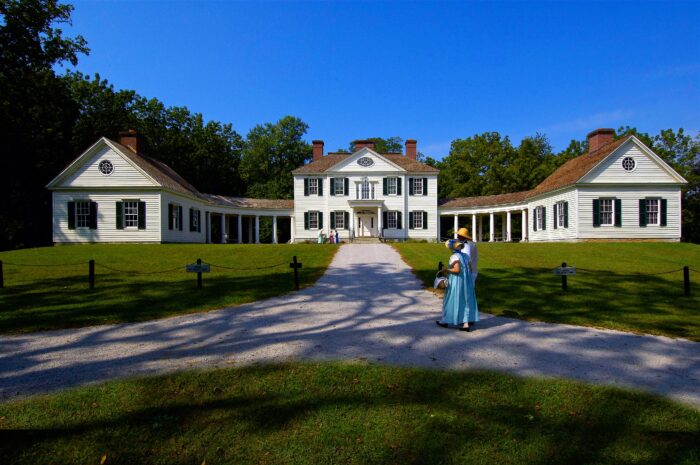
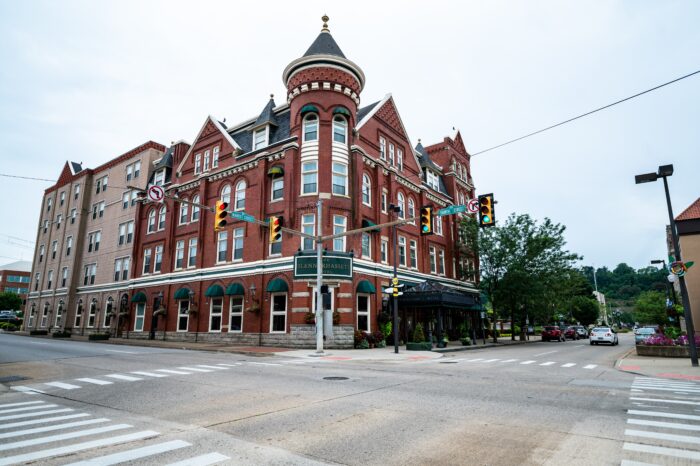
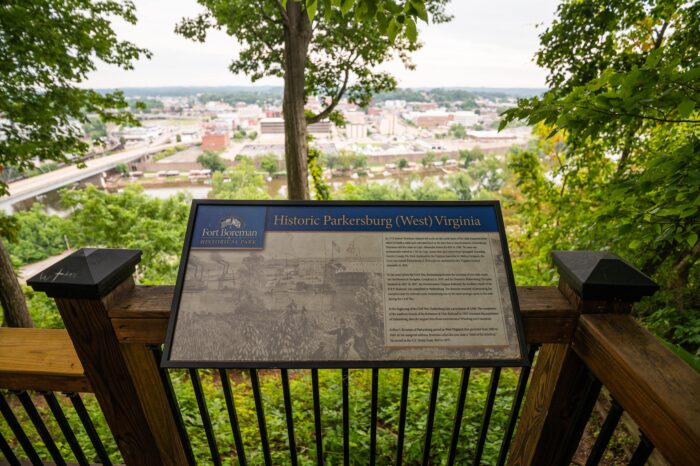
DID YOU KNOW?
The Mid-Ohio Valley is home to seven islands on the Ohio River, the largest of which is Blennerhassett Island, located two miles west of Parkersburg. Blennerhassett Island Historical State Park features a Palladian mansion and accessible by a sternwheeler riverboat.
6. Metro Valley
Kanawha, Putnam, Cabell and Mason counties
City pleasures and outdoor treasures mix it up in this region anchored by two walkable communities: Charleston, the state’s capital, and Huntington, home of Marshall University.
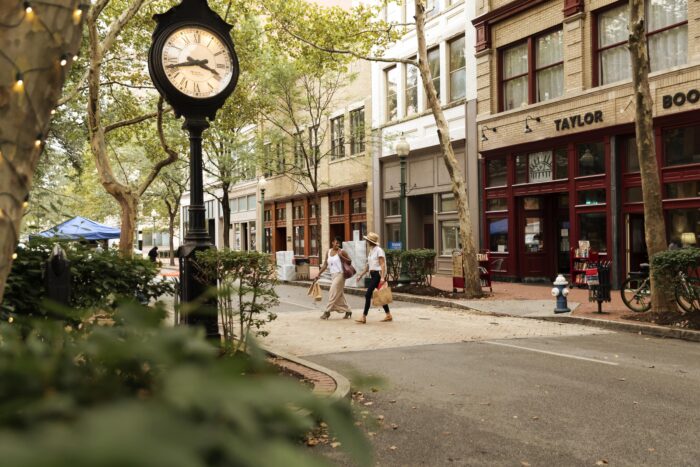

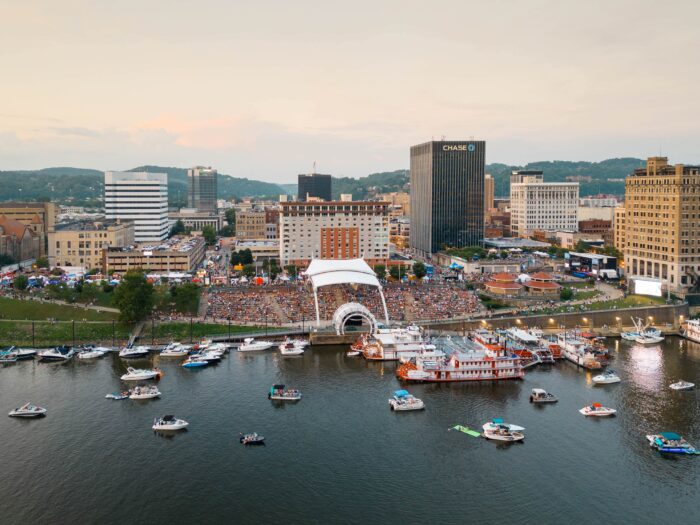
DID YOUR KNOW?
Engineer Mordicai Levi laid the first brick road in the United States on Summers Street in Charleston. He started on October 23, 1870 and finished the block in 1873. Levi wanted something that wouldn’t turn to mud in the Spring like dirt roads would. He later received a patent for his paving method.
7. Hatfield-McCoy Mountains
Wayne, Lincoln, Boone, Logan, Wyoming, McDowell and Mercer and Mingo counties
These mountains hold amazing true stories of Native American leaders, feuding families and coal mining heritage, along with truly challenging terrain for outdoor adventurers and off-road enthusiasts.
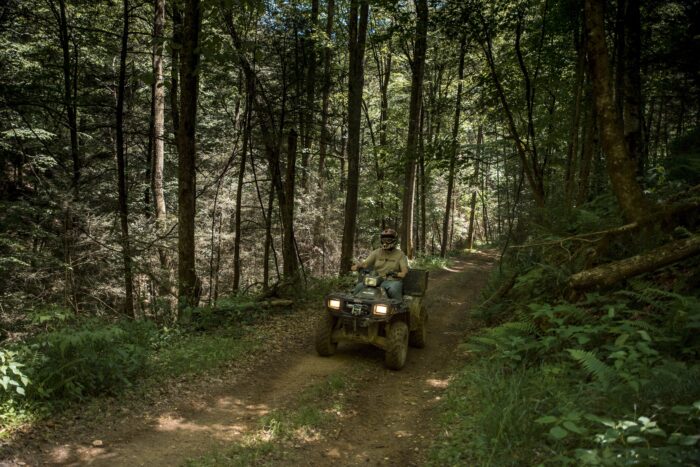
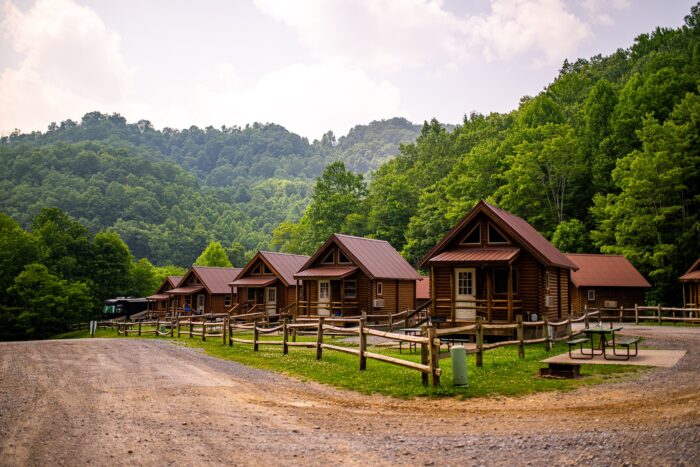
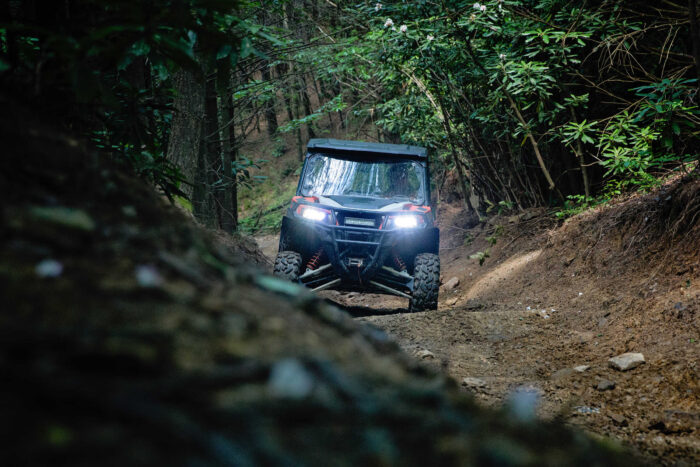
DID YOU KNOW?
Lincoln County is the birthplace of Gen. Charles ‘‘Chuck’’ Yeager, the first man to fly faster than sound. On October 14, 1947, in a Bell X-1 rocket airplane dropped from a B-29 bomber, Yeager broke the sound barrier by flying 700 miles per hour, Mach 1.06, at 43,000 feet. He set another speed record on December 12, 1953, by flying two-and-a-half times the speed of sound in a Bell X-1A. Yeager’s X-1, named Glamorous Glennis after his wife, is on display at the Smithsonian’s National Air and Space Museum.
8. Eastern Panhandle
Morgan, Berkeley and Jefferson counties
Just a short distance from Washington, D.C. and Baltimore, this region is a great escape from city life, reviving visitors with a relaxed atmosphere full of history, scenery and small-town charm.
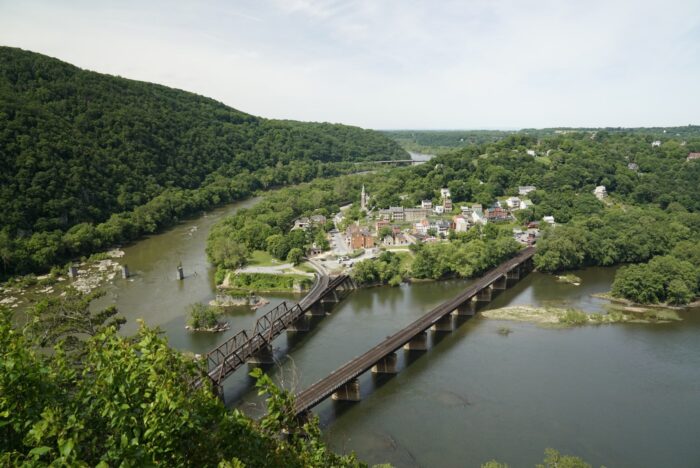
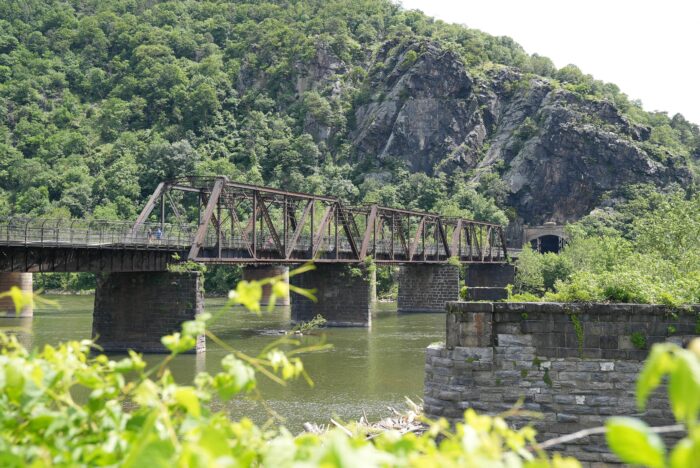
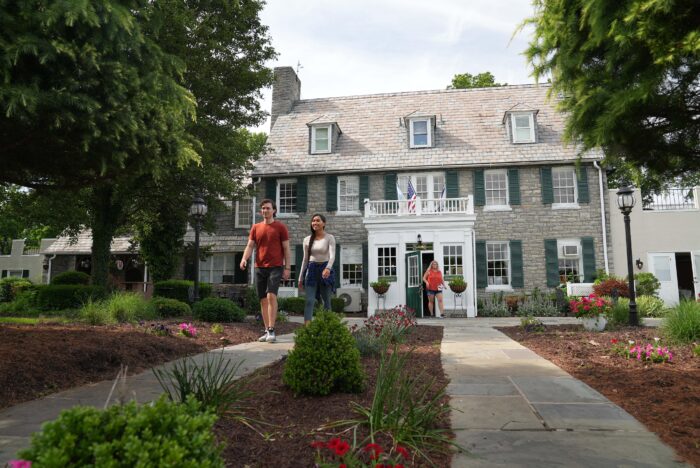
DID YOU KNOW?
Strategically located on the Potomac River, the Baltimore & Ohio Railroad and the C&O Canal, Paw Paw, West Virginia was named for the banana-like pawpaw fruit that grows in the area. It is the westernmost settlement in Morgan County, incorporated as a town on April 8, 1891. The town also is home to the largest man-made structure on the C&O Canal—a tunnel dug more than half a mile through Sorrel Ridge, just across the river in Maryland.
9. New River – Greenbrier Valley
Fayette, Greenbrier, Monroe, Summers and Raleigh counties
Spilling from the mountains, the free-flowing Greenbrier River meets the ancient New River. The two waterways give this region its name, and is well-known for its outdoor adventures and small towns.
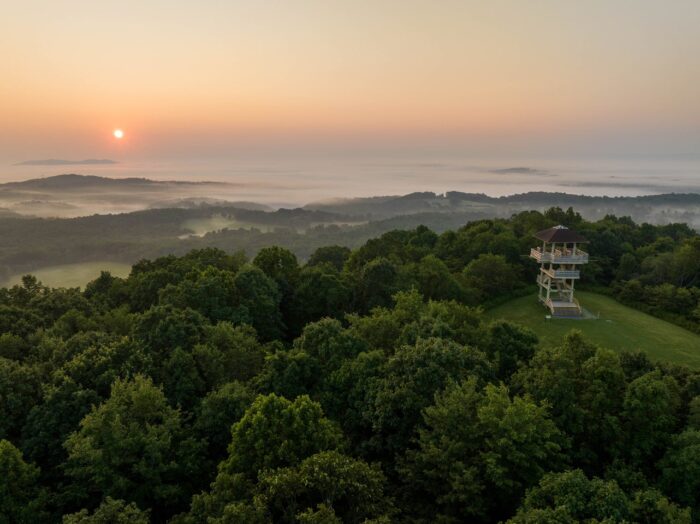
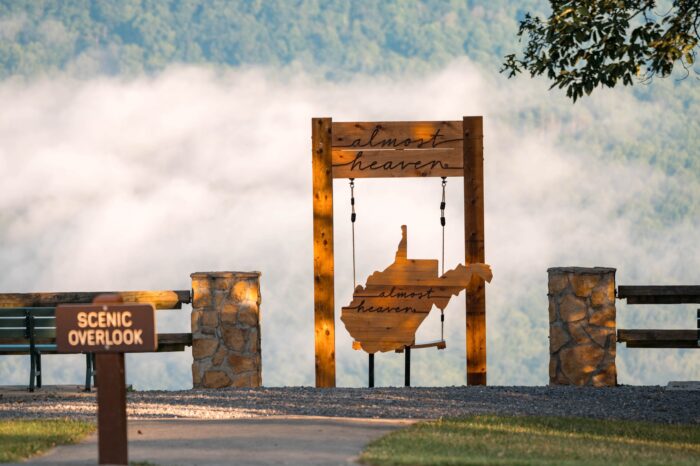
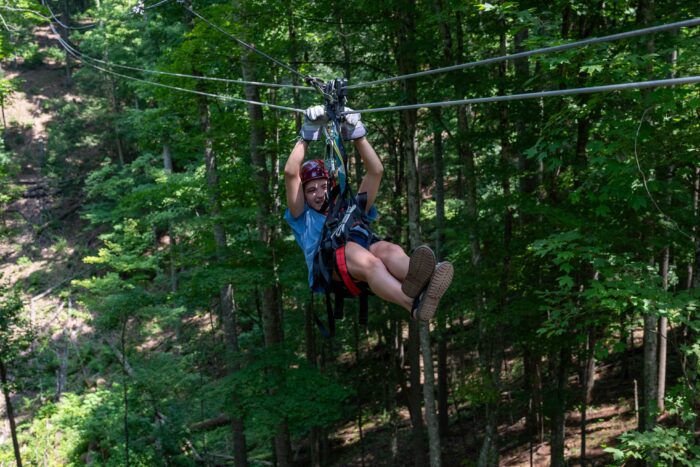
DID YOU KNOW?
Welch is located at the forks of Tug River and Elkhorn Creek in the center of McDowell County, West Virginia, with a population of 2,406 people. Along these waterways lies the richest low volatile seams of coal in the world. Welch is also the location of the nation’s first multilevel municipal parking building. The parking building is still in operation and open 24 hours a day, 7 days a week for parking. Welch was even dubbed as one of the most charming American Towns by Delish Magazine.
What’s your favorite fascinating fact from West Virginia’s unique history?
This post was last updated on February 21, 2024
